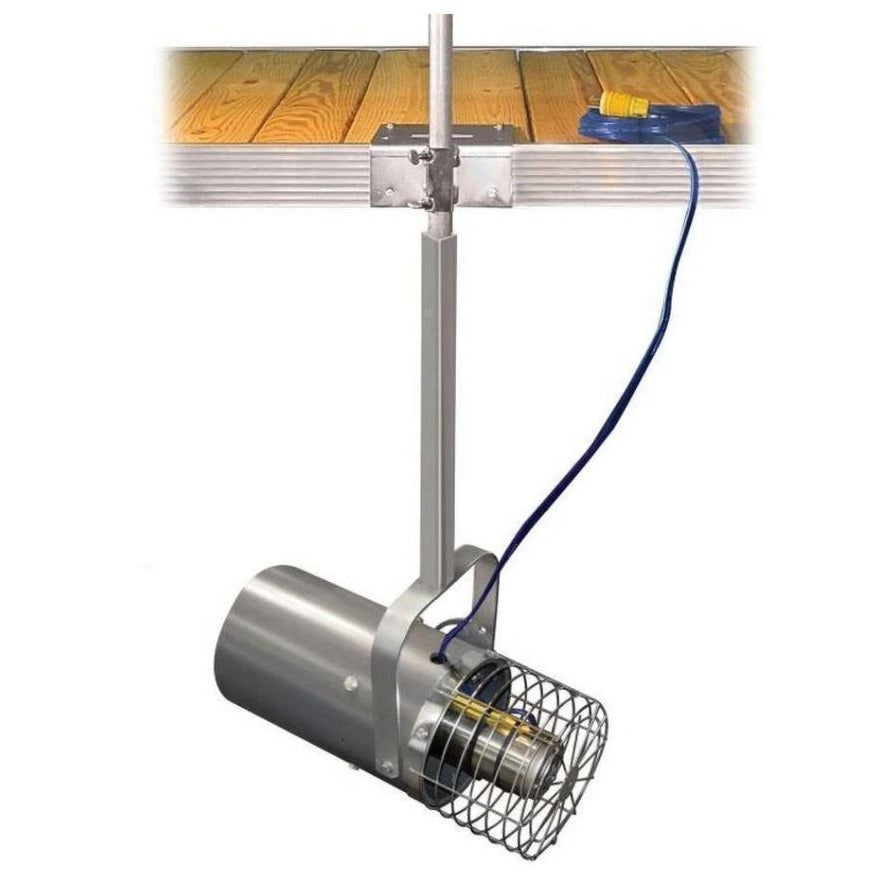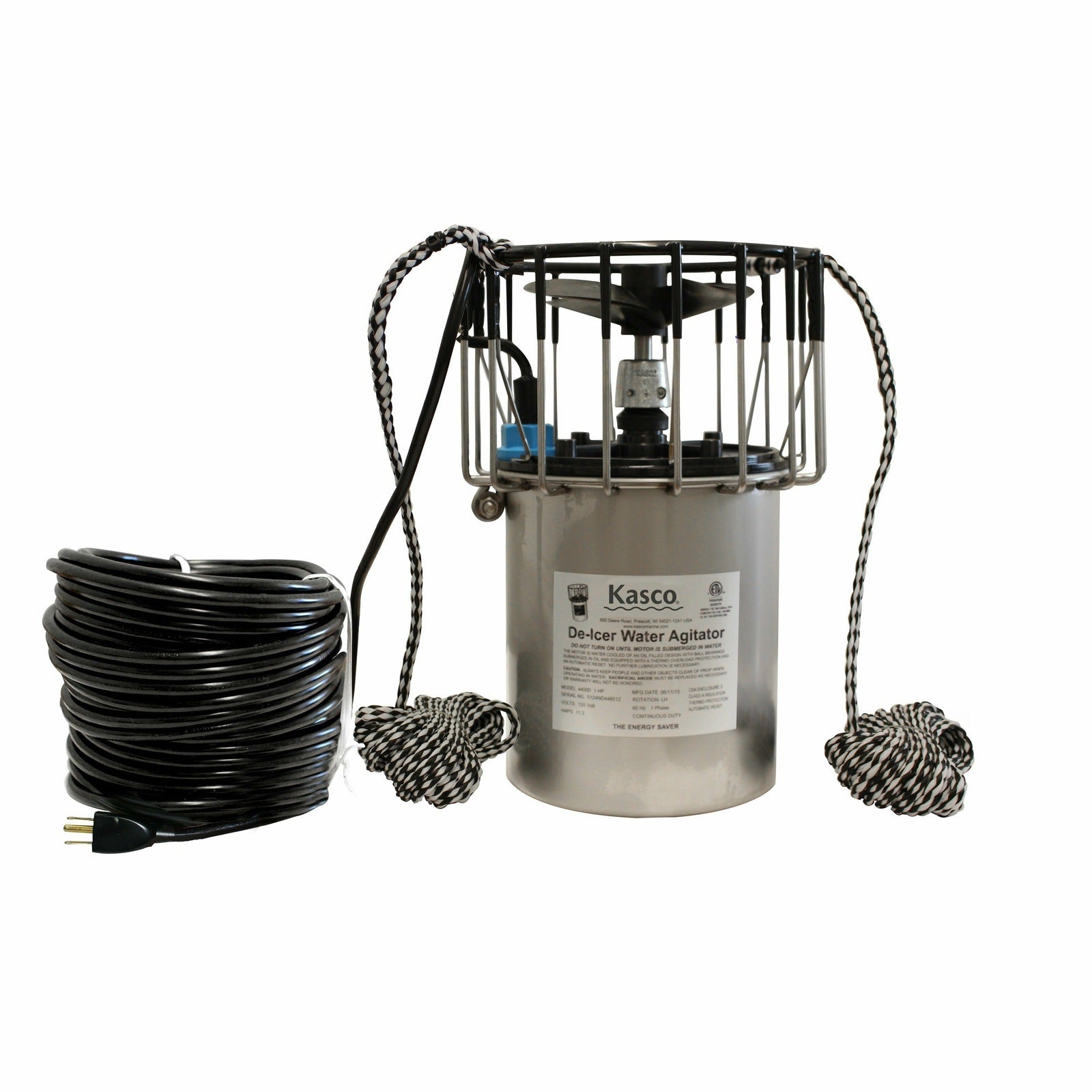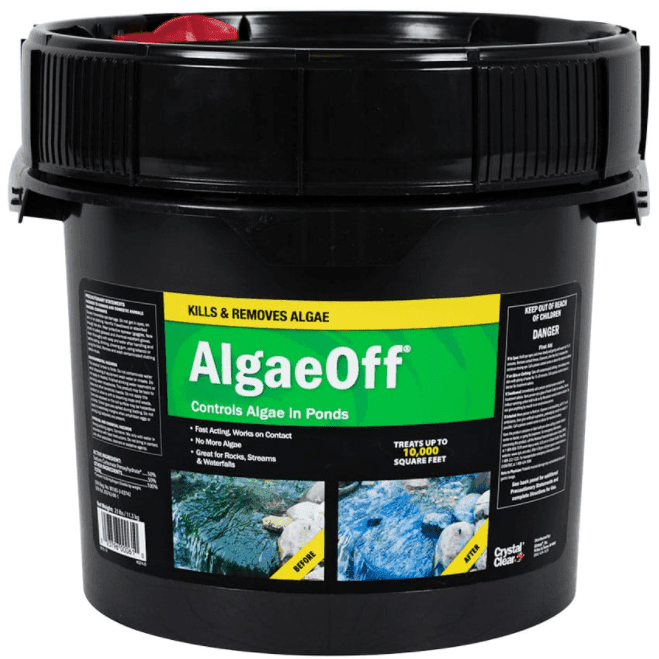Maintaining the right pH level in your pond is one of the most important parts of keeping fish, plants, and bacteria healthy. When the pH rises too high, it can lead to stress, algae growth, and water quality problems. Let’s look at how to lower the pH in your pond safely and keep it stable for the long term.
Understanding Pond pH
The pH scale ranges from 0 to 14. Water with a pH of 7 is neutral, below 7 is acidic, and above 7 is alkaline. Most ponds stay healthy when the pH stays between 6.5 and 8.5. If the water becomes too alkaline, fish can have trouble breathing, plants may stop growing well, and beneficial bacteria that help clean your pond may stop working properly.
pH changes naturally throughout the day. During daylight, plants and algae use carbon dioxide, which makes the water more alkaline. At night, they release carbon dioxide, and the pH drops. These daily swings are normal, but a consistently high pH can cause real issues.
Reasons Why Pond pH Rises
Understanding why the pH is high helps you fix the problem instead of just treating the symptom.
- Too Much Algae Growth:– Algae absorb carbon dioxide, pushing the pH higher.
- Hard Water:– Water with lots of dissolved minerals has a higher buffering capacity, which makes it hard to adjust pH.
- Chemical Additives:– Some fertilizers, limestone rocks, or pond liners can slowly raise pH.
- Low Carbon Dioxide Levels:– Less CO₂ in the water means less acid, resulting in higher pH.
Testing Your Pond Water
Before you do anything, test your pond water. Use a reliable pond test kit or digital meter to check:
- pH level (test morning and evening)
- Alkalinity (buffering capacity)
- Hardness (calcium and magnesium levels)
- Testing at different times of the day helps you understand your pond’s natural pH cycle. This way, you can decide if your pH is actually too high or just fluctuating normally.
Safe Ways to Lower Pond pH
Lowering the pH should be done slowly to avoid stressing your fish. Sudden changes can do more harm than good. Here are some effective methods:
1. Partial Water Change
Replace 10–20% of your pond water with fresh water that has a lower pH. This is the safest and easiest way to bring down pH levels. Make sure the new water is free of chlorine or harmful chemicals before adding it.
2. Use Organic Materials
Adding natural materials like peat moss or driftwood releases mild organic acids as they break down. These acids help lower pH gradually. Place the peat in a mesh bag inside your filter or near the water flow for slow release.
3. Reduce Algae Growth
Since algae consume carbon dioxide and increase pH, controlling their growth helps balance water chemistry. Reduce direct sunlight on the pond, avoid overfeeding fish, and clean debris regularly.
4. Add Carbon Dioxide (CO₂)
Increasing CO₂ levels in the pond naturally lowers pH. You can do this by reducing daytime aeration or by using controlled CO₂ injection systems made for ponds.
5. Commercial pH Reducers
If natural methods aren’t enough, you can use a pond-safe pH reducer. Always read the label and follow directions carefully. Start with small doses, wait a few hours, and retest before adding more.
Preventing High pH in the Future
Once your pond pH is balanced, focus on preventing it from rising again. Here are some good habits:
- Avoid adding too much fertilizer or fish food.
- Clean out leaves and organic debris before they decay.
- Add aquatic plants that help balance oxygen and carbon dioxide.
-
Keep a regular testing schedule, especially during hot months.
A well-balanced pond maintains its own stability. It’s easier to prevent pH spikes than to fix them after they occur.
When to Be Concerned
If your pH remains above 9 even after several treatments, it’s a sign that something in the pond environment is constantly driving it up. This could mean mineral buildup, poor water circulation, or a hidden source of alkalinity like limestone. In this case, take time to find the cause instead of adding more acid. Always go slow and steady when adjusting pH.
Final Thoughts
Lowering pH in a pond is not about quick fixes but about balance. Start by testing your water, then apply gradual, gentle changes. Simple steps like partial water changes, adding peat, and controlling algae can make a big difference. With patience and care, your pond will reach a stable pH that keeps your fish and plants thriving.
Keep monitoring and maintaining your pond regularly, and you’ll enjoy clear, balanced water all year round.












